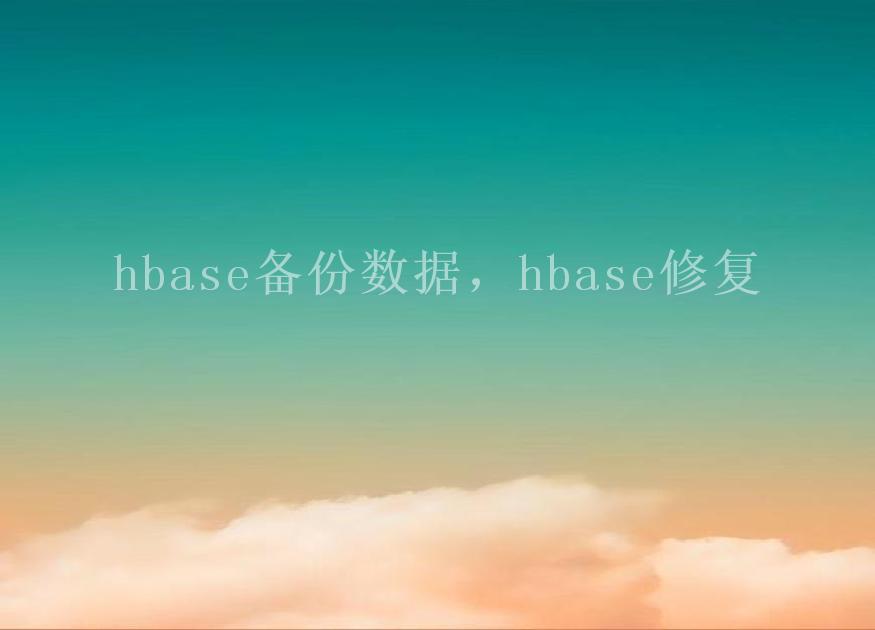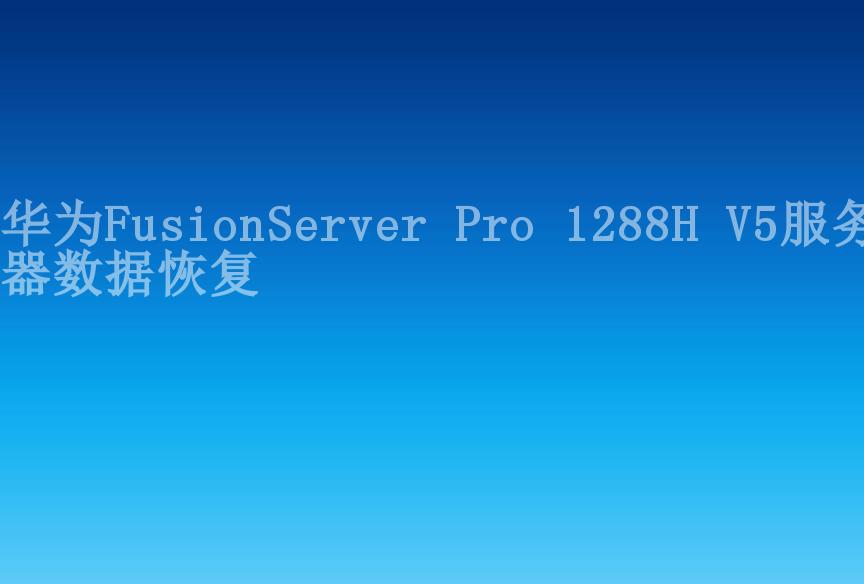dubbo 异常处理方式,dubbo 异常 (解决方法与步骤)
下面内容仅为某些场景参考,为稳妥起见请先联系上面的专业技术工程师,具体环境具体分析。
2023-09-19 23:14 80
1. 在提供者端处理异常:在服务提供者中,可以通过try...catch块来捕获可能产生的异常,并根据具体情况进行处理。可以选择将异常信息写入日志、发送告警等。
例如:
```java
@Service
public class UserServiceImpl implements UserService {
@Override
public User getUserById(int id) {
try {
// 执行业务逻辑
// ...
} catch (Exception e) {

// 处理异常
// 将异常信息写入日志
Logger.error("getUserById exception: " + e.getMessage());
// 发送告警,例如通过邮件或短信提醒
sendAlertMessage("getUserById exception: " + e.getMessage());
// 返回错误信息给消费者
throw new RuntimeException("Failed to get user by id");
}
}

}
```
2. 在消费者端处理异常:在服务消费者中,可以通过try...catch块来捕获调用远程服务可能产生的异常,并根据具体情况进行处理。可以选择打印异常信息、返回错误结果等。
例如:
```java
@Service
public class UserServiceConsumer {
@Reference
private UserService userService;
public User getUserById(int id) {
try {
// 调用远程服务
return userService.getUserById(id);
} catch (Exception e) {
// 处理异常
// 打印异常信息
e.printStackTrace();
// 返回错误结果给调用方
return null;
}
}
}
```
需要注意的是,在Dubbo中,异常只能通过抛出RuntimeException来进行传递,这样才能保证在网络通信中异常的可靠传递。如果抛出的是受检异常(checked exception),Dubbo会将其转换为RuntimeException抛出。












